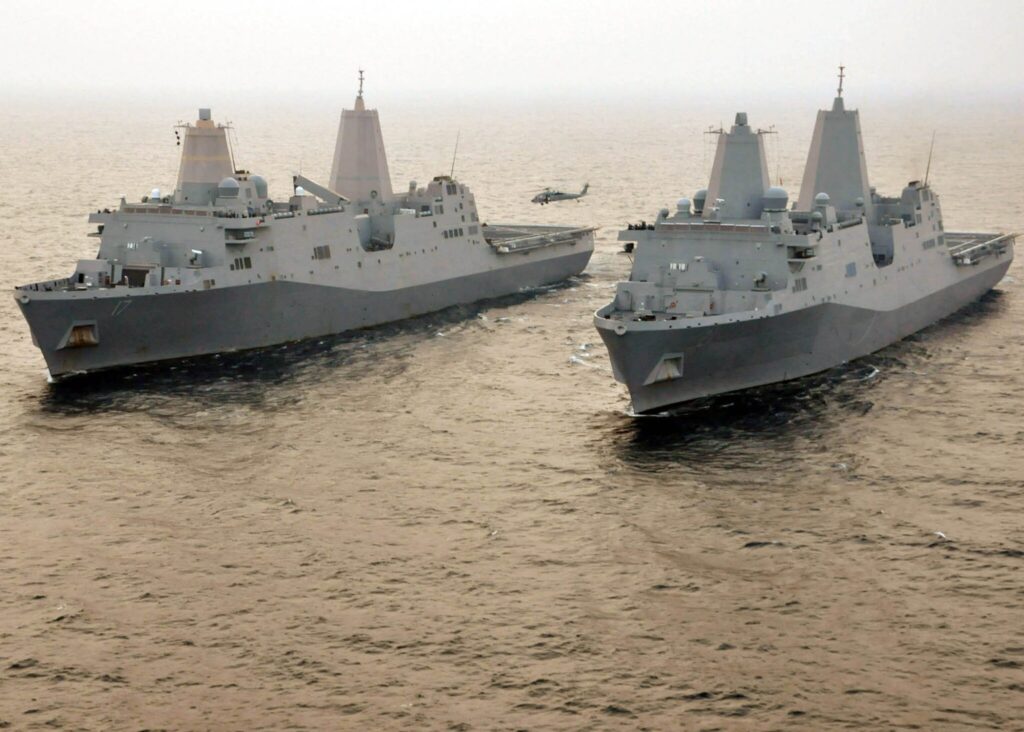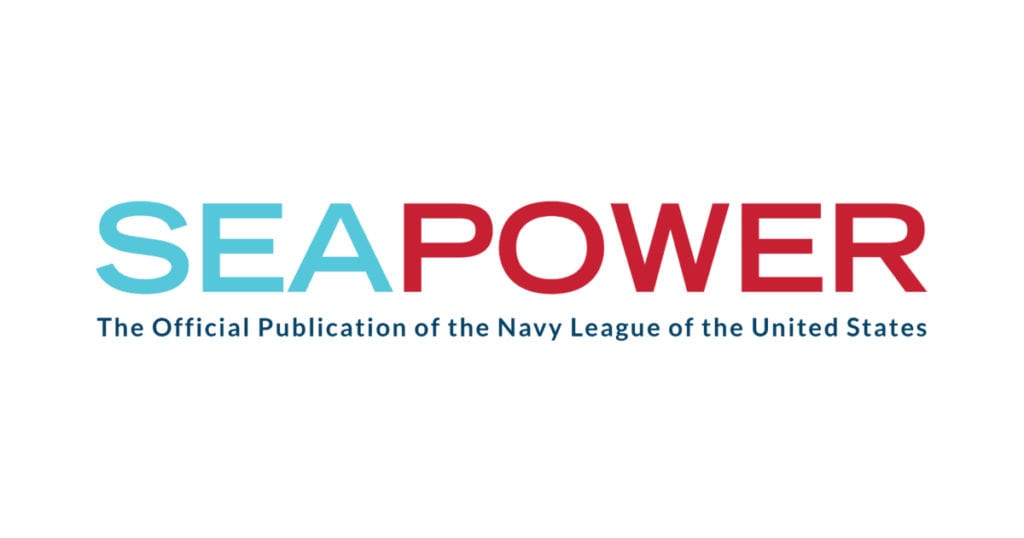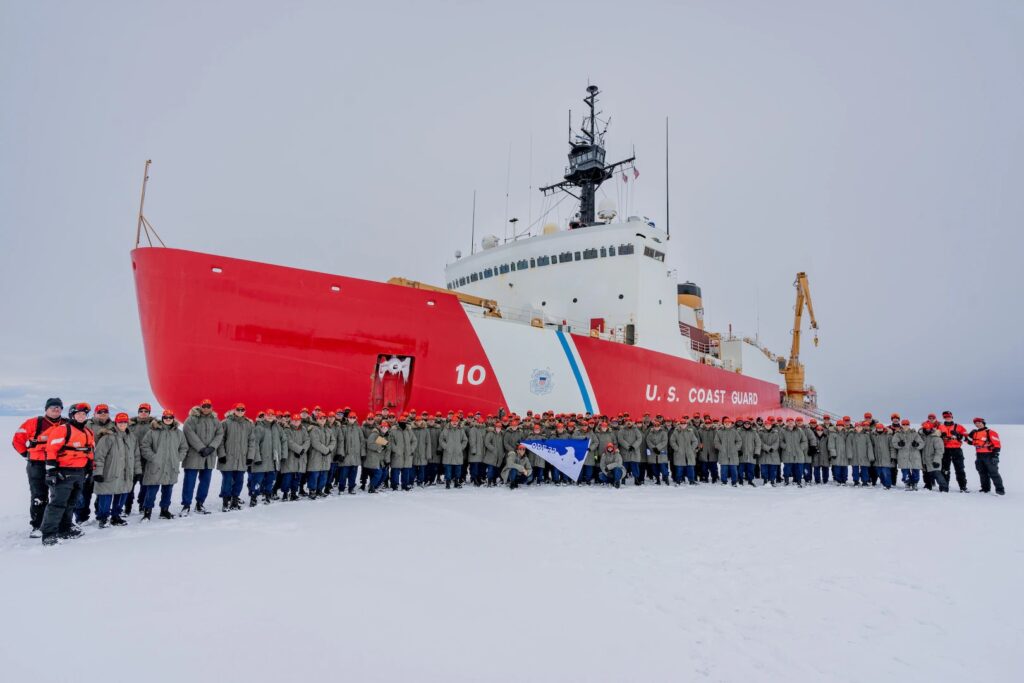Release from the Department of Defense
*****
Flag Officer Announcement
MARCH 15, 2023
Secretary of Defense Lloyd J. Austin III announced today that the president made the following nominations:
Navy Rear Adm. (lower half) Kenneth R. Blackmon for appointment to the grade of rear admiral. Blackmon is currently serving as reserve director for maritime operations, United States Fleet Forces Command, Norfolk, Virginia.
Navy Rear Adm. (lower half) Marc S. Lederer for appointment to the grade of rear admiral. Lederer is currently serving as reserve deputy for fleet readiness and logistics, N4R, Office of the Chief of Naval Operations, Washington, D.C.
Navy Rear Adm. (lower half) Robert C. Nowakowski for appointment to the grade of rear admiral. Nowakowski is currently serving as reserve vice commander, United States Naval Forces, United States Central Command, Fifth Fleet, Manama, Bahrain.
Navy Capt. John E. Byington for appointment to the grade of rear admiral (lower half). Byington is currently serving as deputy chief of staff for strategic plans and policy, Naval Information Force Reserve Region Southeast, Jacksonville, Florida.
Navy Capt. Jeffrey J. Jurgemeyer for appointment to the grade of rear admiral (lower half). Jurgemeyer is currently serving as chief of staff, United States Surface Force Pacific, San Diego, California.
Navy Capt. Richard S. Lofgren for appointment to the grade of rear admiral (lower half). Lofgren is currently serving as commanding officer, Naval Reserve, Fourth Fleet/United States Naval Forces Southern Command, Mayport, Florida.
Navy Capt. David E. Ludwa for appointment to the grade of rear admiral (lower half). Ludwa is currently serving as executive officer, Naval Reserve, United States Pacific Fleet Logistics Readiness Center, San Diego, California.
Navy Capt. Michael S. Mattis for appointment to the grade of rear admiral (lower half). Mattis is currently serving as deputy commander, Navy Reserve Region Readiness and Mobilization Command, San Diego, California.
Navy Capt. Richard W. Meyer for appointment to the grade of rear admiral (lower half). Meyer is currently serving as deputy commander, Navy Region Southeast Reserve Component Command, Fort Worth, Texas.
Navy Capt. Peter K. Muschinske for appointment to the grade of rear admiral (lower half). Muschinske is currently serving as deputy fleet chaplain, Navy Reserve, United States Pacific Fleet, Maritime Headquarters, Detachment One Zero One, Pearl Harbor, Hawaii.
Navy Capt. John A. Robinson III for appointment to the grade of rear admiral (lower half). Robinson is currently serving as chief of staff, Navy Office of Information, Washington, D.C.
Navy Capt. Bryon T. Smith for appointment to the grade of rear admiral (lower half). Smith is currently serving as commanding officer, Navy Reserve, Navy Installations Command Emergency Operations Center, Washington, D.C.
Navy Capt. Michael R. Vanpoots for appointment to the grade of rear admiral (lower half). Vanpoots is currently serving as deputy commander, Navy Reserve Region Readiness and Mobilization Command, Norfolk, Virginia.
Navy Capt. Marc F. Williams for appointment to the grade of rear admiral (lower half). Williams is currently serving as regimental commander, Naval Construction Group One, Port Hueneme, California.





